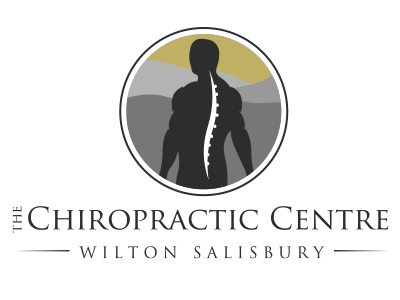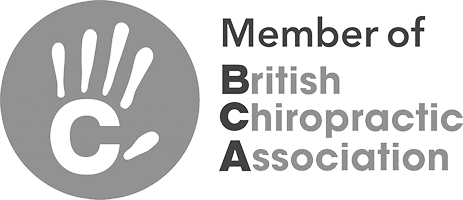Simple Concepts in Starting to Understand Spinal Pain
Throughout the years of the chiropractic profession there have been a number of models and theories to understand the nature of the back pains that we see in daily practice. While the early theories of 'structural misalignment' have largely been replaced with a functional model of back pain, clinicians often become wrapped up in the exact tissue lesion (zygapophysial joints, annular tears of discs, muscle-tendon strain etc.), rather than take a step back and understand the larger picture of the functional problem.
Problem Exists Largely Before Symptoms Appear
What is certain is that the pain that many patients present with is as a result of a functional inadequacy that has existed long before the symptoms appear. To put it in a nutshell, the clinical pain syndromes that we see as chiropractors are as a result of an underlying deficit and not simply as the unlucky result of a poorly executed movement or accident.
So what is the 'deficit' that precedes the onset of spinal pain syndromes? and, how do we know it exists if our patients are without pain? The answer may well have its fundamentals in neurology in what is widely known as proprioception.
Proprioception
All humans possess the ability to accurately place a joint in a desired position through a carefully executed trajectory. To do this minute by minute without injuring the delicate soft tissues such as the joint capsule, surrounding ligaments (not to mention the discs) is truly amazing. It's something that most people probably never give a second thought to - we take it for granted that we can move freely around our environment without suffering injury. The medical literature is becoming increasingly aware of the failing of this guidance system that may be contributing to patients with chronic spinal pain syndrome. In a study by O'Sullivan (1), it was found that
“Proprioceptive deficit may lead to delayed neuromuscular protective reflexes and coordination such that muscle contraction occurs too late to protect the joint from excessive joint movement. It has been hypothesised that this may lead to abnormal loading transmitted repetitively across joint surfaces, resulting in pain and articular damage.”
But taking a moment to think about spinal pain - what does it all mean? Proprioception drives segmental recruitment of spinal muscles and helps maintain local muscle tone. It also has a localised mechanical analgesic effect (pain control). Ultimately, proprioception is integrated by higher centres of the brain so deficiencies 'upstream' have been documented to exists in chronic spinal pain patients - (a topic of a later blog perhaps?). Poor proprioception leads to localised muscle wasting (atrophy) which ultimately leads to further proprioceptive deficits. Overly these existing problems with sedentary lifestyles and jobs and you realise there are a lot of any given population that are becoming proprioceptively 'starved'.
Think of mechanical stimulation as a type of 'nutrient' to the nervous system. Chiropractors deliver a proprioceptive stimulation to a patient, where they need it, in a defined and leveraged dosage. That's what we call an adjustment or manipulation and is what defines our role as chiropractors helping people recover from clinical back pain syndromes.
References:
- O’Sullivan PB, Burnett A, Floyd AN, Gadsdon K, Logiudice J, Miller D, Quirke H. Lumbar repositioning deficit in a specific low back pain population. SPINE 2003; 28 (1): 1074-1079
- Tsao H, Galea MP, Hodges PW. Reorganization of the motor cortex is associated with postural control deficits in recurrent low back pain. Brain 2008; 131: 2161-2171
Also thanks to Dr. Matthew Long & Dr. Anthony Nicholson for their inspiration and professional development

Humans take it for granted that we are able to move freely throughout our environment without suffering injury
Registered With:
Registered Provider With:
Book an appointment:
To book an appointment to see David Morley is simple. Just select your appointment type, pick a day that suits you and then choose a time. Enter your details and click 'Book Appointment' you will get an email confirmation of your appointment. For more details take a look at this page.









